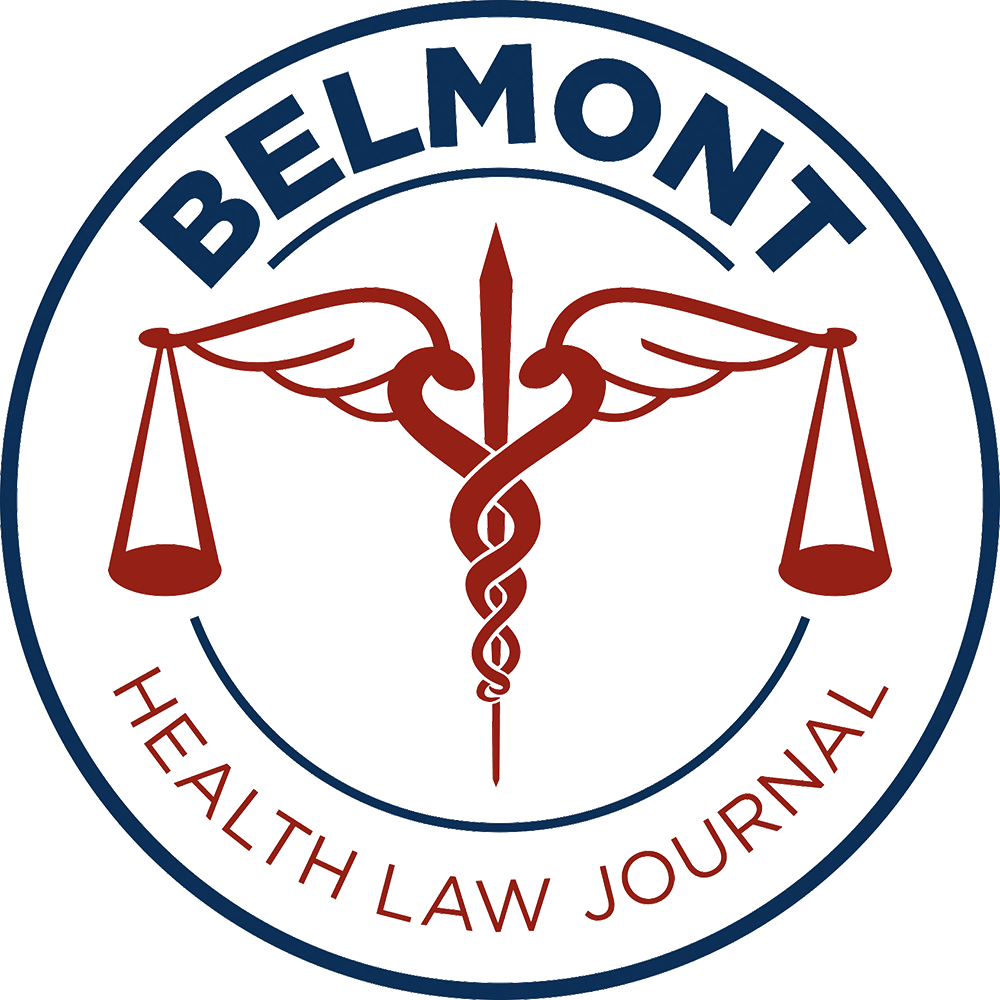By Clay Brewer, Class of 2020; Jesse C. Neil, Partner at Waller
In an effort to facilitate the American healthcare system’s transformation from volume-based to value-based payment, the Centers for Medicare and Medicaid Services (CMS) is requesting public comment regarding its newly proposed rule that would shift the amount of risk participants in Accountable Care Organizations (ACOs) assume under the Medicare Shared Savings Program (MSSP).
An ACO is a group of physicians, hospitals, and other healthcare providers that care for a group of beneficiaries under Medicare Parts A and B. The core principles of the system are to streamline care and reduce costs within a cohesive structure. Under the current MSSP framework, ACOs may join one of three tracks with each differing primarily on the amount of risk each ACO opts to assume. Currently, 561 of the 649 ACOs are members within one of the tracks, with eighty-two percent of the 561 being enrolled in Track 1. Under Track 1, the ACOs only experience “upside-risk,” which means the ACO members are eligible to receive any achieved savings but are not financially responsible if the ACO incurs a loss.[1] CMS Administrator Seema Verma, however, recently opined that “[t]he results show that ACOs that take on regular levels of risk show better results for cost and quality over time.”[2] As a result, CMS is requesting comment on a new proposed rule, entitled “Pathways to Success,” to shift more of the downside risk to providers with the goal of incentivizing more efficient care and across-the-board savings.
The proposed framework establishes two tracks: (1) BASIC and (2) ENHANCED. Each ACO would be permitted to choose the track that best fits its needs while also being able to enter into five-year agreements as opposed to three-year. This would enable the ACOs to adjust to the risk that will need to be assumed over time while also learning to manage the associated costs.
The BASIC approach will permit the ACOs to assume risk over a five-year period with the first two years being upside-only risk with a “glide path” into years three, four, and five with increasing risk assumption. One caveat to the glide path is that ACOs currently within an upside-only risk plan, such as Track 1, would be limited to one of the two years of upside-only risk under the BASIC track. However, after year five, this newly-assumed risk would qualify the ACO as an Advanced Alternative Payment Model (APM), permitting the ACO to receive additional incentive payments for meeting quality thresholds.
Under the ENHANCED approach, ACOs may enter the program immediately qualifying as an APM at a set risk amount for the entire five-year period as long as the risk is greater than year five of the BASIC approach. On the other hand, ACOs that have had no experience under a two-sided risk approach may enter into any of the BASIC’s glide paths or enroll into the ENHANCED model from the start.
Due to the differences that exist between low revenue (i.e., physician practices) and high revenue (i.e., hospitals) entities, those who qualify as low revenue would be eligible to reapply for another five-year BASIC program at the highest level of risk. High revenue entities would be required to move into the ENHANCED track and assume additional risk.
Although efficient care and lower costs are appealing to practically everyone, the timing of the announcement and a change in the economic model will have a material impact on hospitals and physicians that participate in the programs. There are few areas where public policy is so intertwined with the clinical, operational, and financial performance of healthcare providers. Some stakeholders may see a competitive advantage to an accelerated move to downside financial risk. For others, it could lead them to withdraw from participation in the program altogether. Regardless, it is a critical moment in the transition to a value-based system, and these programs will benefit immensely from thoughtful, practical feedback from the physicians, hospitals, payors, and even investors that are trying to lead the way.
[1] Tracks 2 and 3 consist of only eighteen percent of enrollees with varying degrees of two-sided risk. Track 3 becomes the ENHANCED approach in the proposed rule.
[2] Seema Verma, Pathways to Success: A New Start for Medicare’s Accountable Care Organizations. August 9, 2018.
